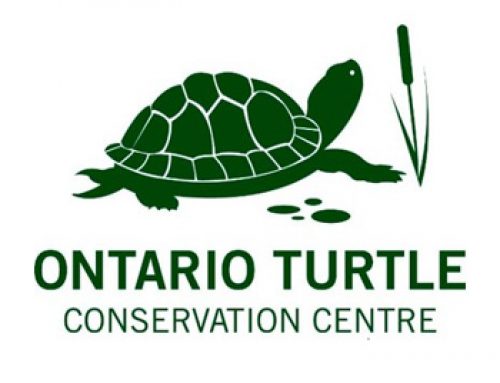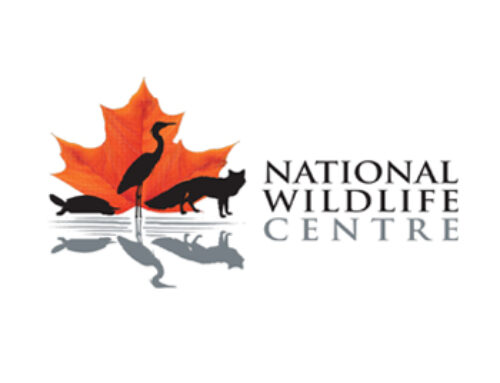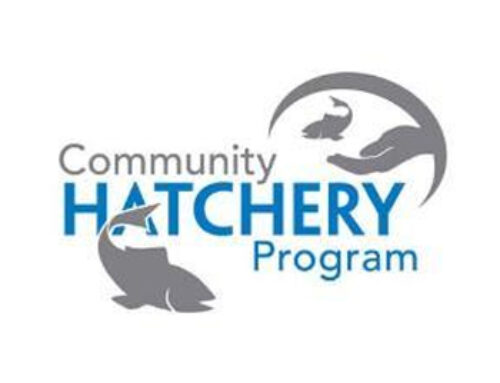2025
Improve habitat conditions in Squirrel Creek
Squirrel Creek is a coldwater tributary of the Otonabee River, in Peterborough County, which is inhabited by Brook Trout, Ontario’s only native, riverine trout species. Much of Squirrel Creek’s watershed was logged and converted to cropland and livestock pastures, leading to higher water temperatures, decreased habitat condition, and a reduction in local biodiversity. Through the headwaters and lowest sections of Squirrel Creek have gradually been re-treed, there are several middle reaches devoid of trees, continuing to send warmer water and excess sediment downriver.
These conditions ultimately reduce the ability of coldwater populations to be resilient to climate change, making them vulnerable to sudden heatwaves or invasions by warm water species. A recent fish survey by Freshwater Conservation Canada’s local volunteer chapter have already identified aggressive warm water species, such as Largemouth Bass, in these sections of stream.
In 2024, Freshwater Conservation Canada entered a partnership with a landowner whose farm contained a 500m reach of Squirrel Creek. Previously a cattle pasture, the landowner is interested in converting the 17-acre property into a healthy riparian forest, repairing the stream habitat, and demonstrating to other local farmers the benefits of ecosystem restoration.
By planting trees and shrubs, Freshwater Conservation Canada seeks to increase shading of the stream, decrease erosion, and stabilize the streambanks that were previously weakened by cattle moving through and along the stream. Additionally, the planting includes establishment of “sugar bush nodes” to meet the landowner’s request to have sugar bush access for future generations.
Trees and plants found within riparian areas are adapted to natural disturbances, such as spring floods and summer low-flow periods, which helps make these ecosystems more resilient to the expected disruptions from climate change. The built-in resilience of riparian areas is ideal for protection and provides refuge for vulnerable wildlife and plant species, while also helping communities adapt to climate change. So far, 805 trees and shrubs have been planted in the area, with another 4100 planned for this year.
Though cattle have been excluded from the site for several years, the damage they inflicted on the structure of the stream remains. Deteriorated and slumping banks have made some sections wide and filled with mud, while other portions of the stream have become channelized and disconnected from their floodplain. These disturbances have contributed to the heating of the stream, but also the degradation of habitat for coldwater fish and invertebrate species. Freshwater Conservation Canada intends to rehabilitate the stream through constructing sediment traps to narrow over-widened
sections, floodplain reconnection, and the addition of woody debris to serve as habitat.
Through the combination of riparian rehabilitation, instream restoration, and volunteer workdays, this project will have several environmental and community benefits.
These works will improve habitat conditions in Squirrel Creek for coldwater species, such as Brook Trout and Slimy Sculpin, by reducing water temperatures through increasing the amount of shade over the stream, narrowing the stream, reducing erosion, and raising the surrounding water table.
This will increase the resilience of coldwater populations towards climate change related warming events, both within the project site and further downstream, ultimately helping to maintain biodiversity in the area. Additionally, cooling this stream reach will remove a thermal barrier that is currently separating the headwaters and lowest reaches of Squirrel Creek, preventing coldwater species from moving throughout the watershed. Habitat structures and woody debris will also benefit aquatic populations by providing new locations to spawn or hide.
The planting of trees, shrubs, and native grasses on either side of the creek will lead to a healthier riparian space. Where many of the surrounding woodlots are dominated by cedar monocultures, planting plans for this site will include over 16 different tree species and at least 5 species of shrubs, all native to the local area. Conditions exist to enable the establishment of wet meadow and meadow marsh cells, which is in development and will further enhance the riparian space. In addition to maintaining flora biodiversity, this riparian forest will provide future habitat and forage for terrestrial wildlife and birds. In the process, trees planted in this space will contribute to the sequestration of carbon out of the atmosphere.
This project will also serve as an opportunity to not just benefit Squirrel Creek and its riparian area, but to engage and educate locals on ecosystem restoration, climate change, and the opportunities available to them. The landowner, through his relationship with the Ontario Federation of Agriculture, has helped to broaden outreach and partnership opportunities to support this project. In addition, local colleges and universities, such as Fleming College’s Frost Campus, and local public schools will be included in the planning and implementation of this project to better spread the concepts of conservation and wildlife protection while providing hands-on experience with restoration techniques.
















